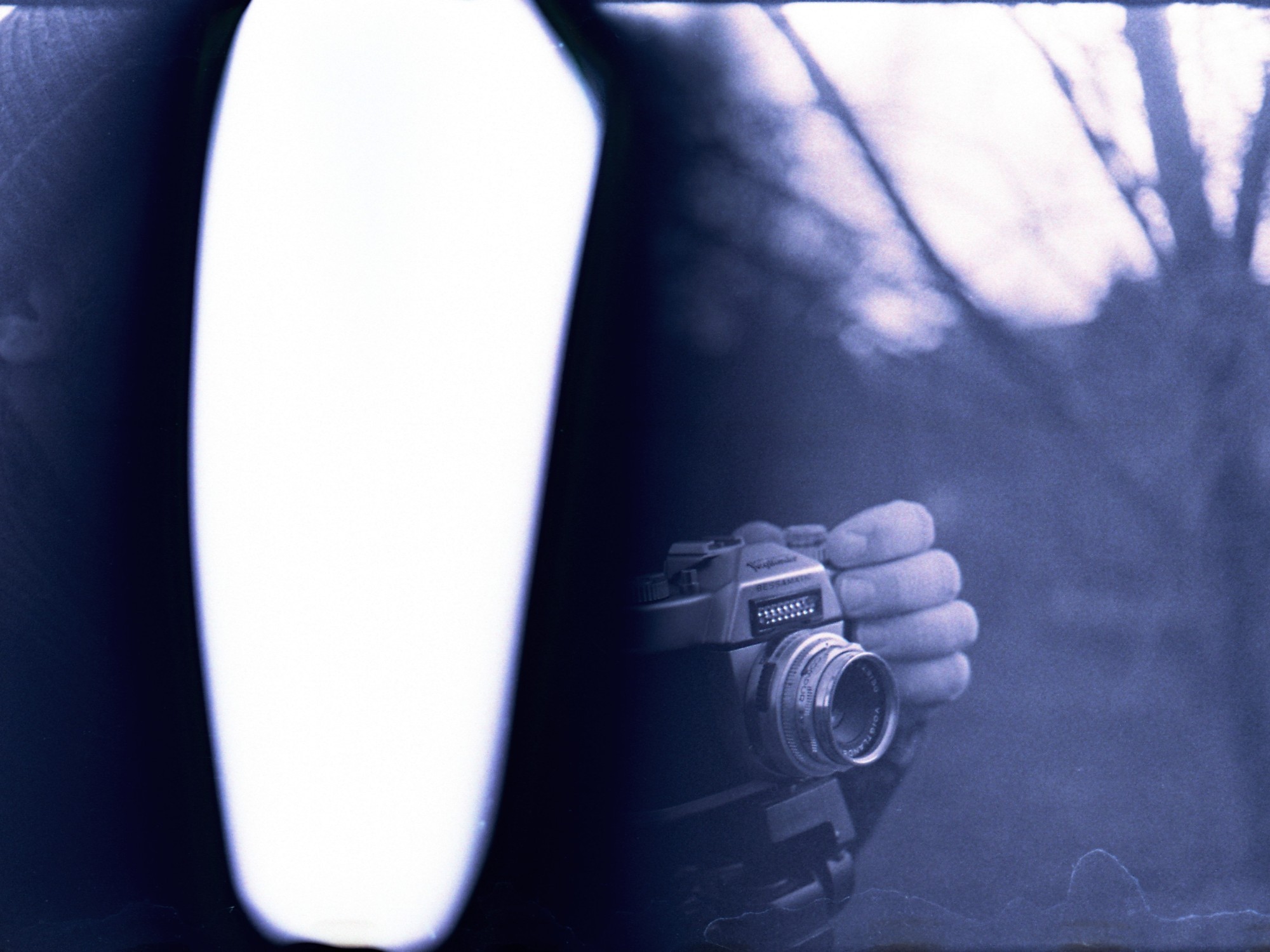I’ve heard it was possible so I had to try it. I had to develop color film in black and white chemicals. Lately, I did some experiments with (semi-)stand development so I decided to use Rodinal. It was so far away from anything supposed to happen with a color film in a lab that I could not resist the temptation. Yes – I stand developed a roll of expired Fujifilm Superia Xtra 400 as if it was a black and white film. To my defense I have to tell that it was expired 10 years ago so it was basically unusable for proper color shooting. (Or not? Well, this can be a topic of another post.)
While my friend Joe shot an antique BW film with his medium format Mamiya RZ I convinced Endi to team up with me and try the impossible. We shot our rolls of Superia on EI 200 and put them into a tank of Rodinal diluted to 1:57. Why exactly that much? I thought we needed 7 ml for the 2 rolls and we had a 400 ml capacity developer tank. We did 30 min stand development not to overdevelop the negative. It seemed just to be right. But we were completely unsure what would we get.
The negatives turned out to be almost completely dark. This was supposed to happen because bw development cannot dissolve or develop the orange mask of the color film to be really orange and not dark brown. So the result was two dark brown stripes of film with even darker pictures on them which we could see if we put them in front of a light source. We hoped the scanner will reveal them. And it did.
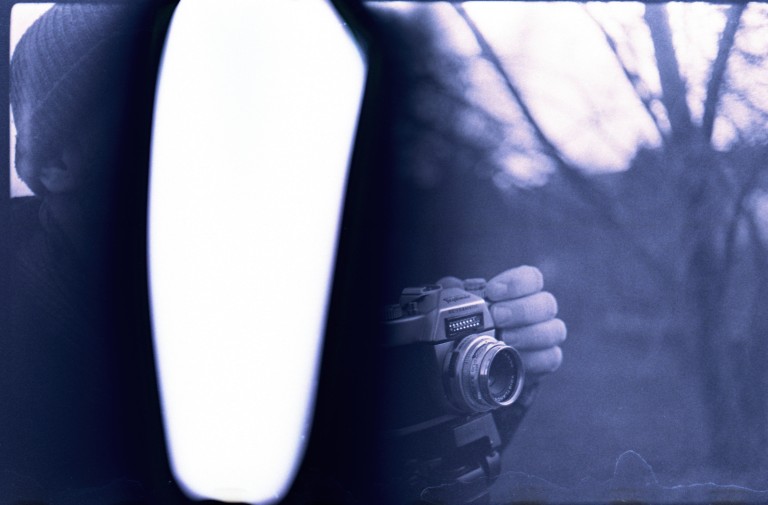
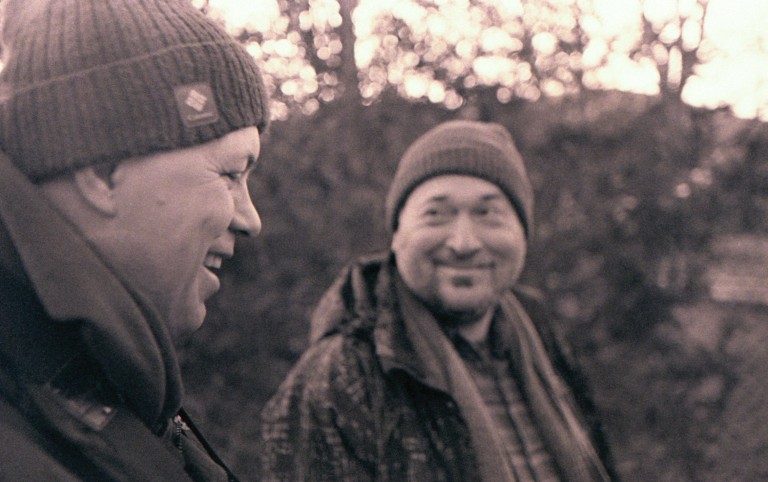

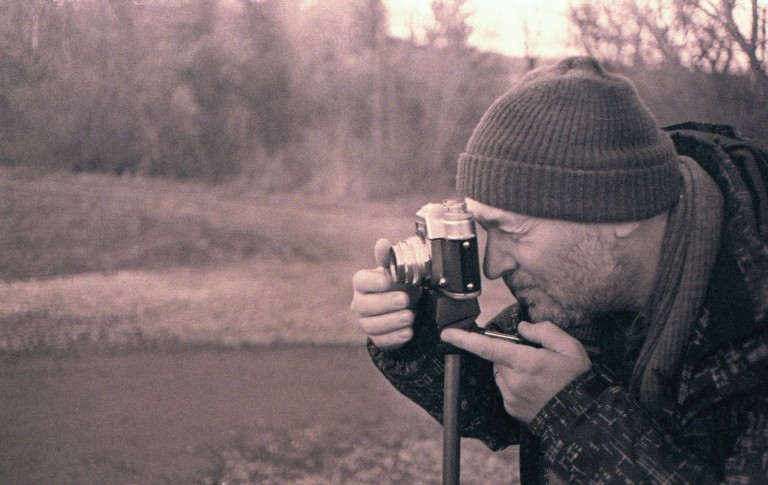
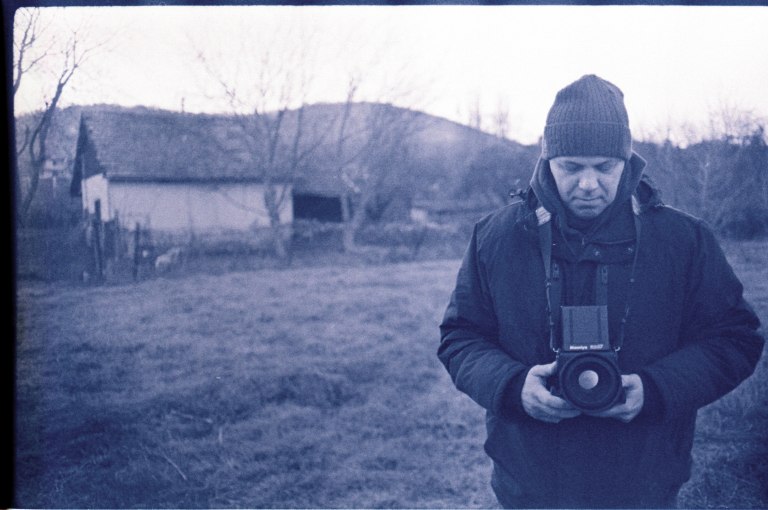
These photos were scanned as color negatives. They got two different tint despite the fact that they all are from the same roll. Result of some kind of automated color calibration in the scanner software – I suppose. I adjusted only contrast, brightness and saturation because some of the photos were really pale after scanning.
I would not say that I love the result but it’s not that bad either. The grain is very pronounced but no surprise here: rodinal honestly shows film grain and the expired Superia is proven to be very grainy with C-41 lab development either.
I’ve read about a good way to make the negative more transparent (i. e. make the orange mask to be light orange instead dark brown). After developing and fixing the film we have to put it into a mix of 1 part diluted rapid fixer (normal dilution) and 1 part potassium ferricyanide solution (1 ml potassium ferricyanide powder to 49 ml water) for some time. Time has to be experimented. It can be done in normal light as the negative is already developed and fixet. I’ll try it and post the result here.
